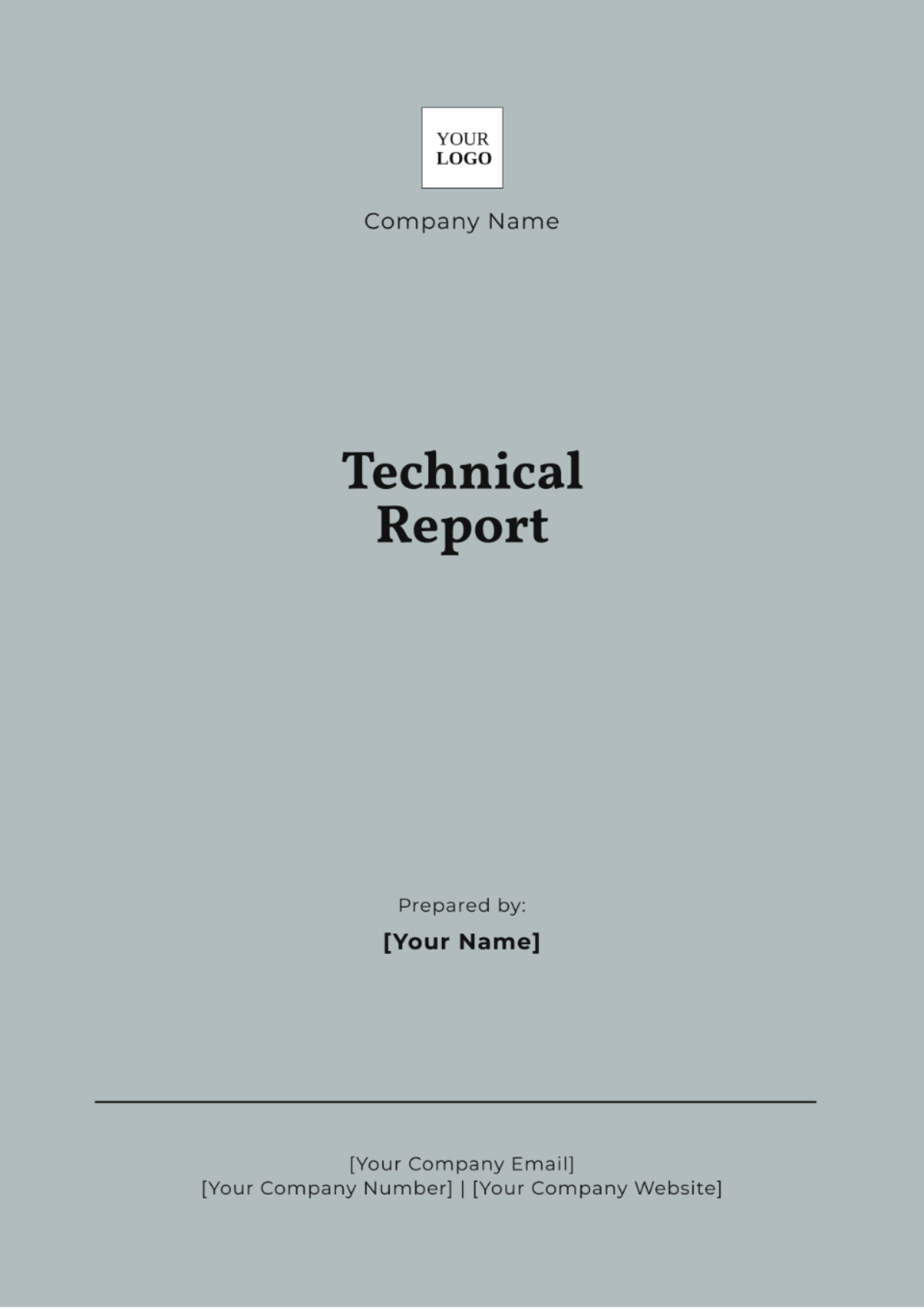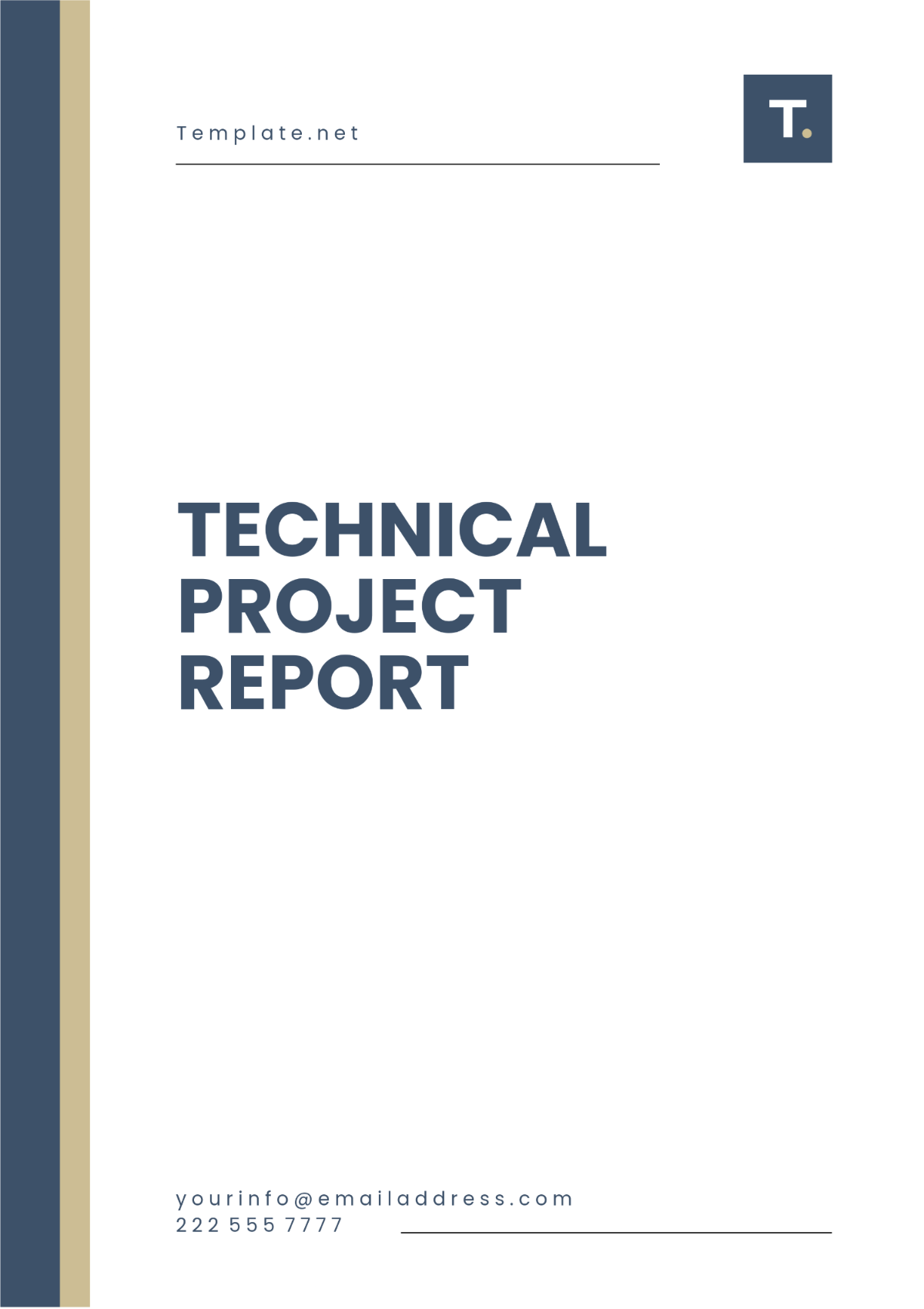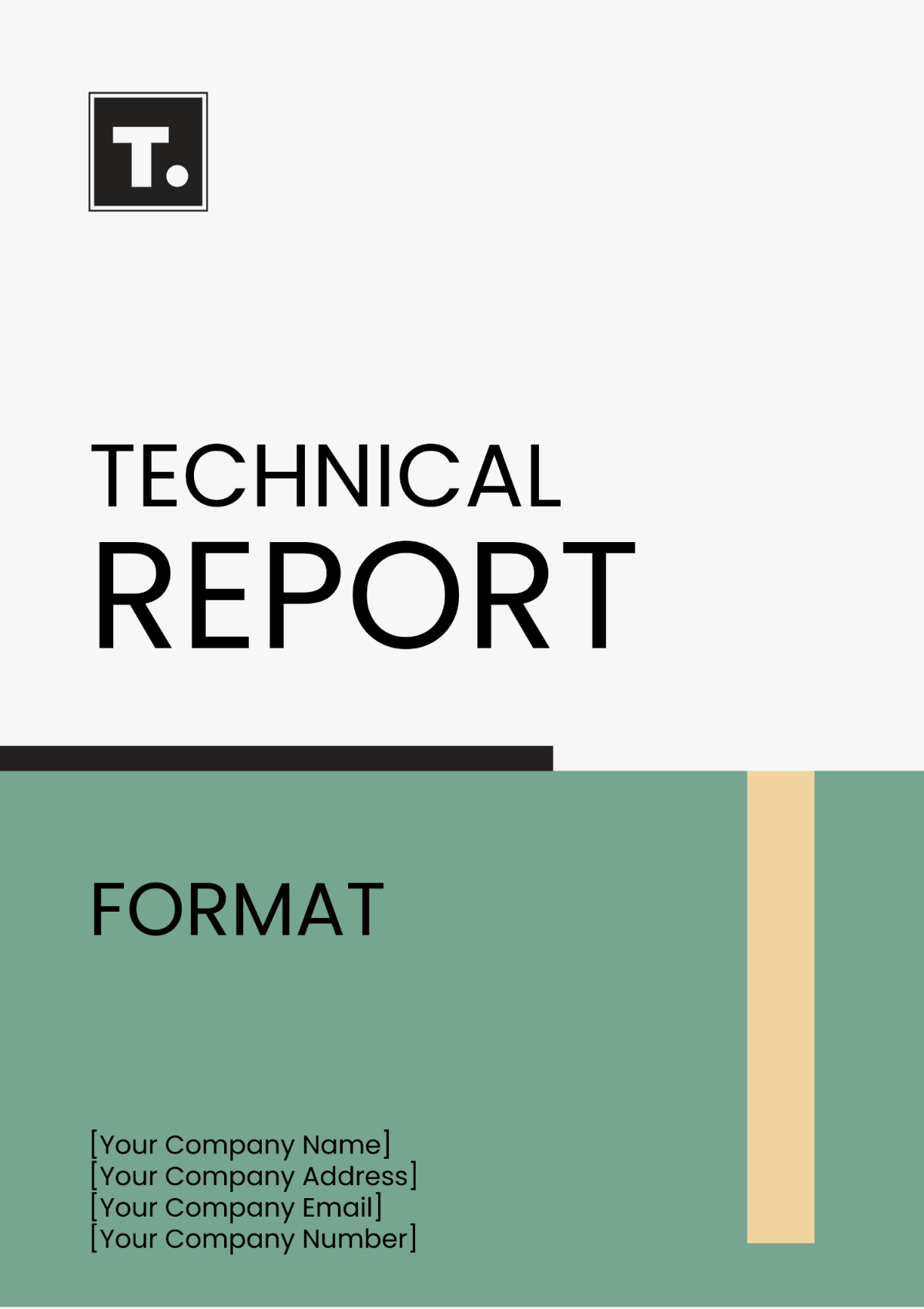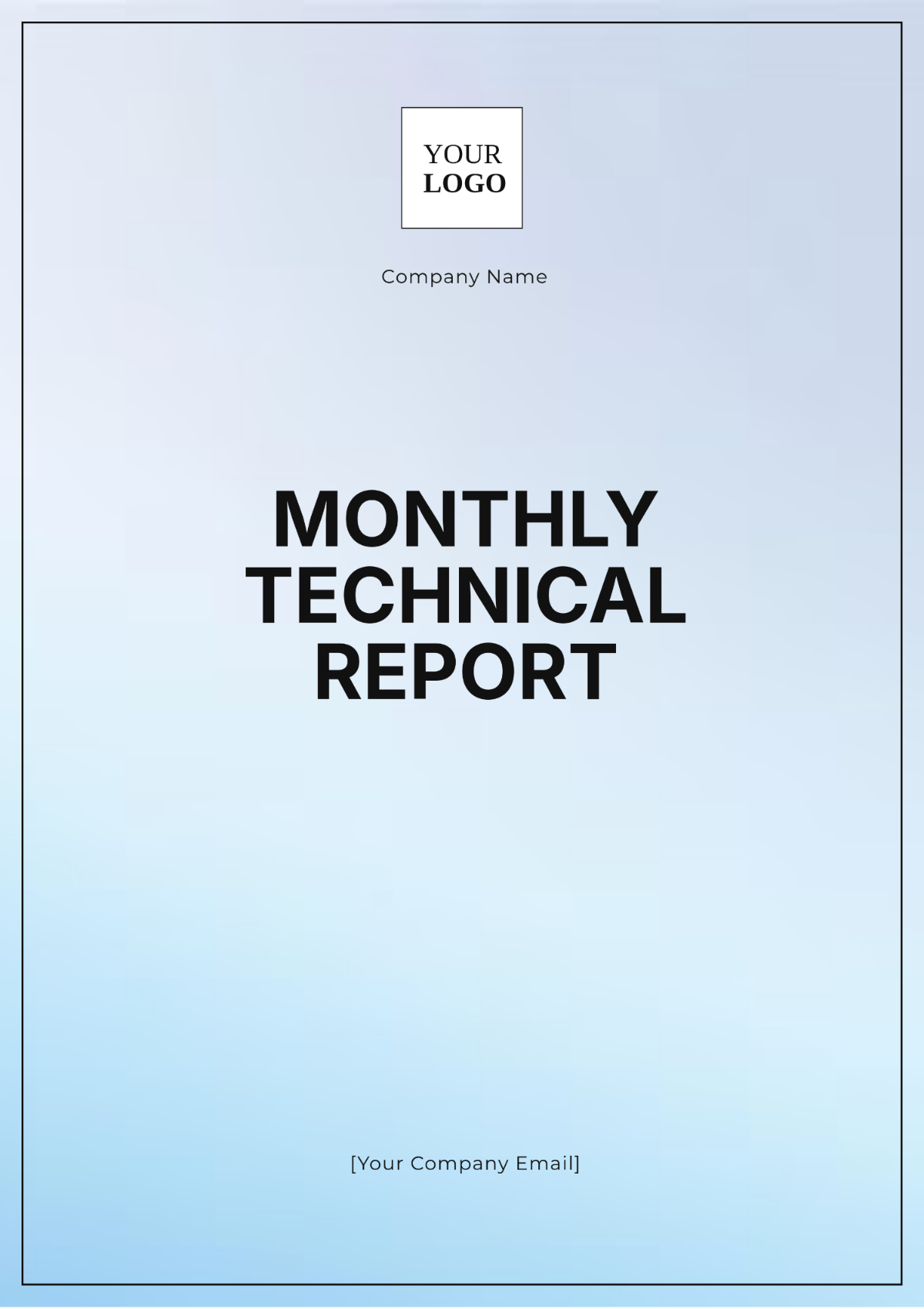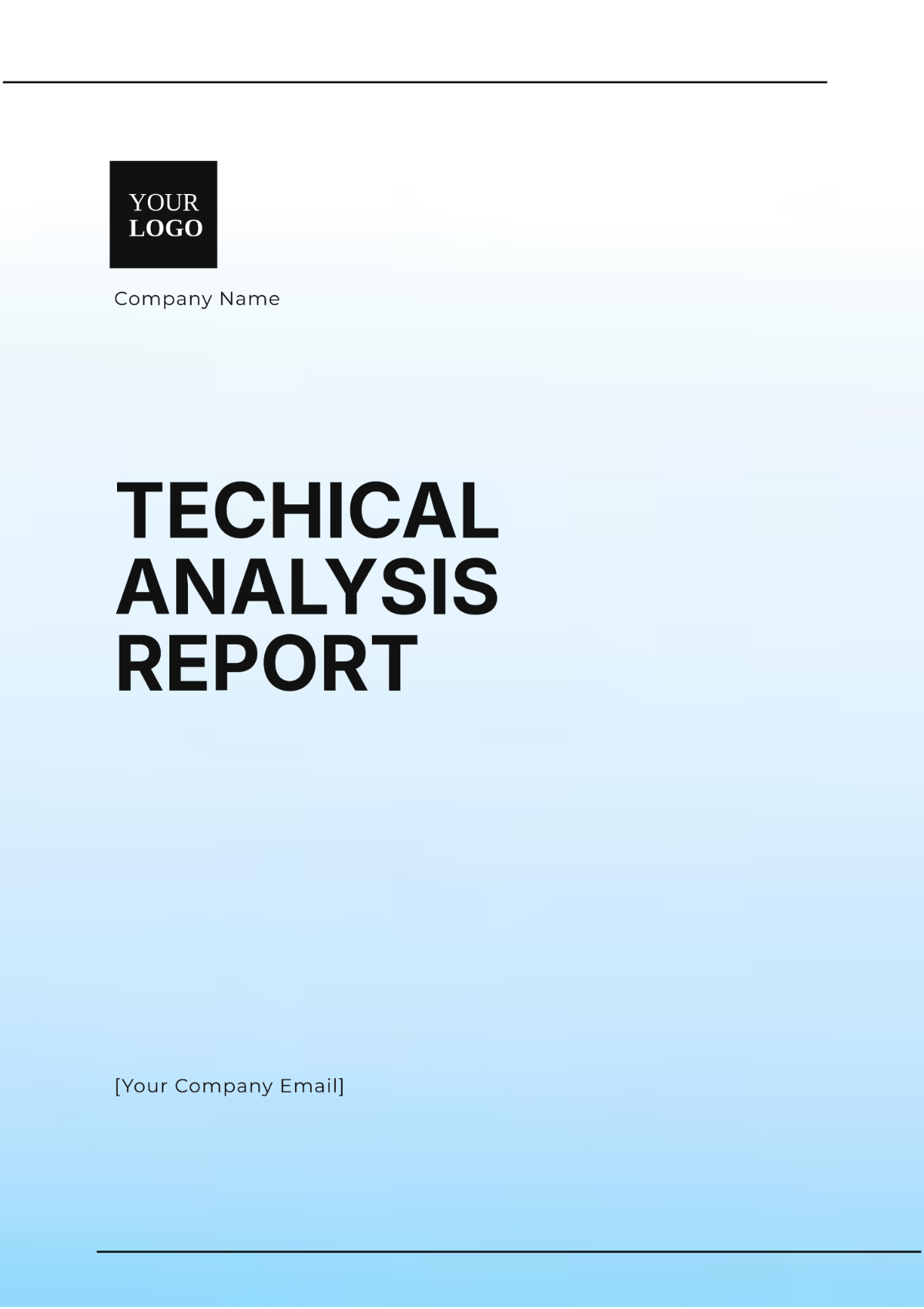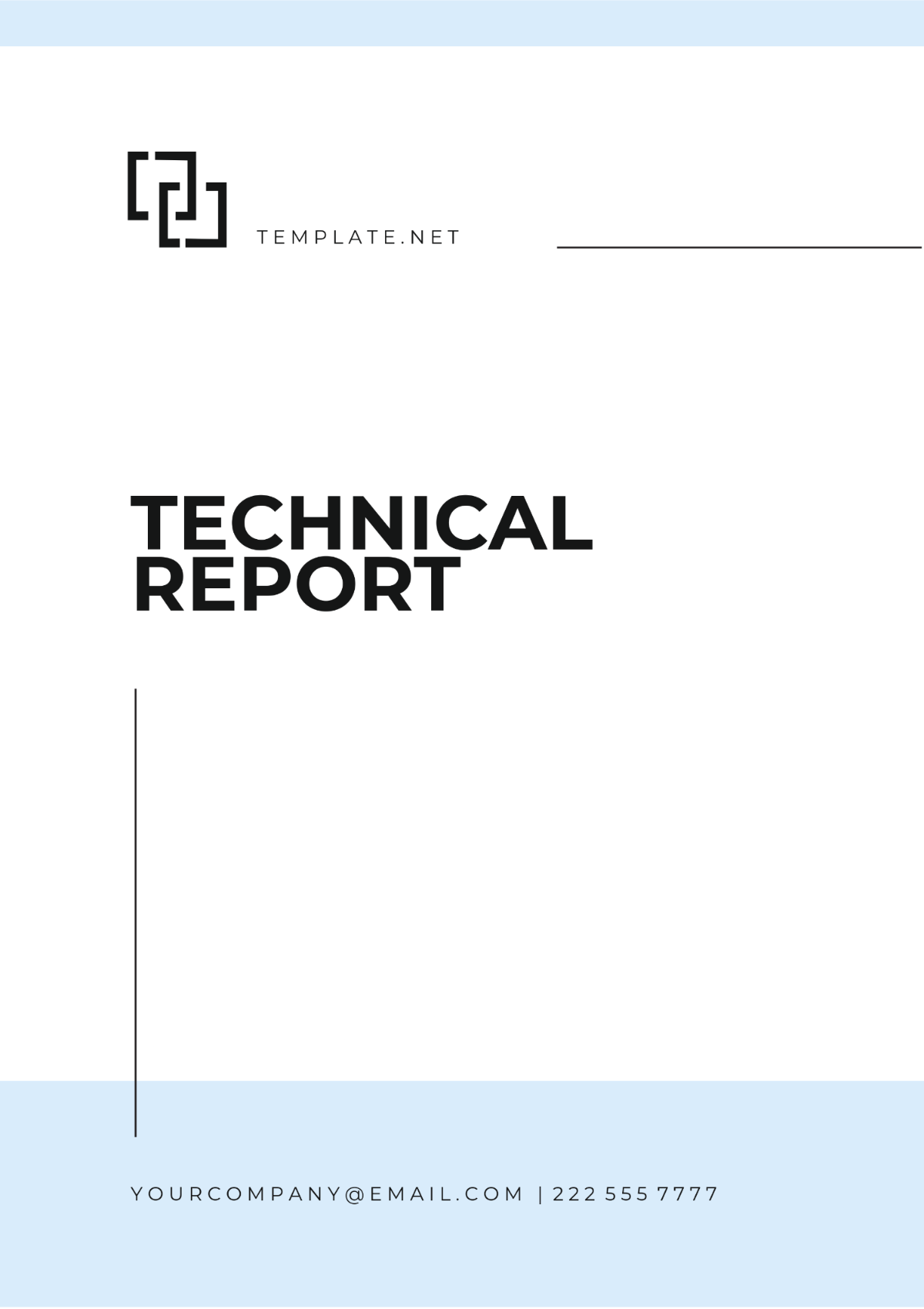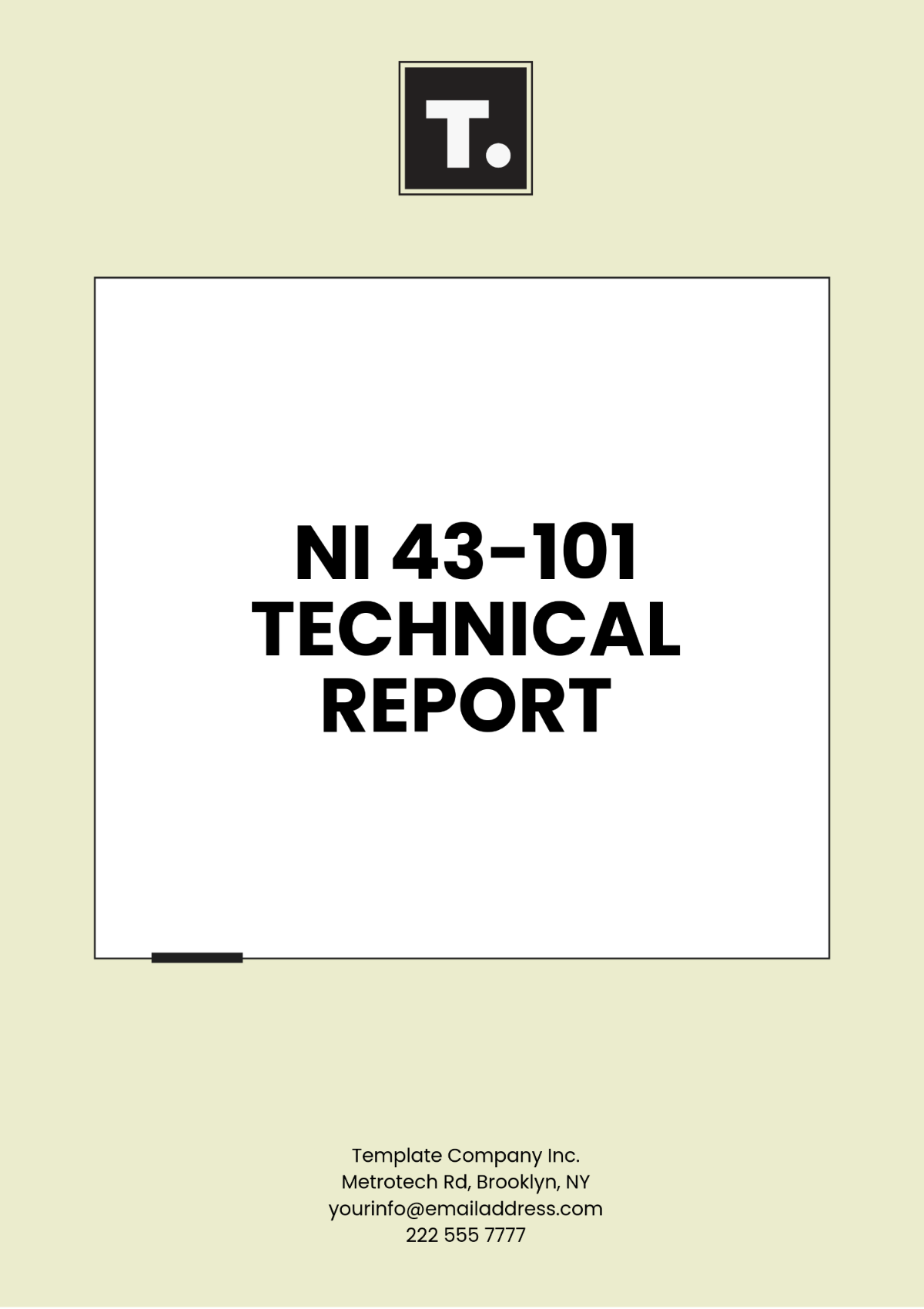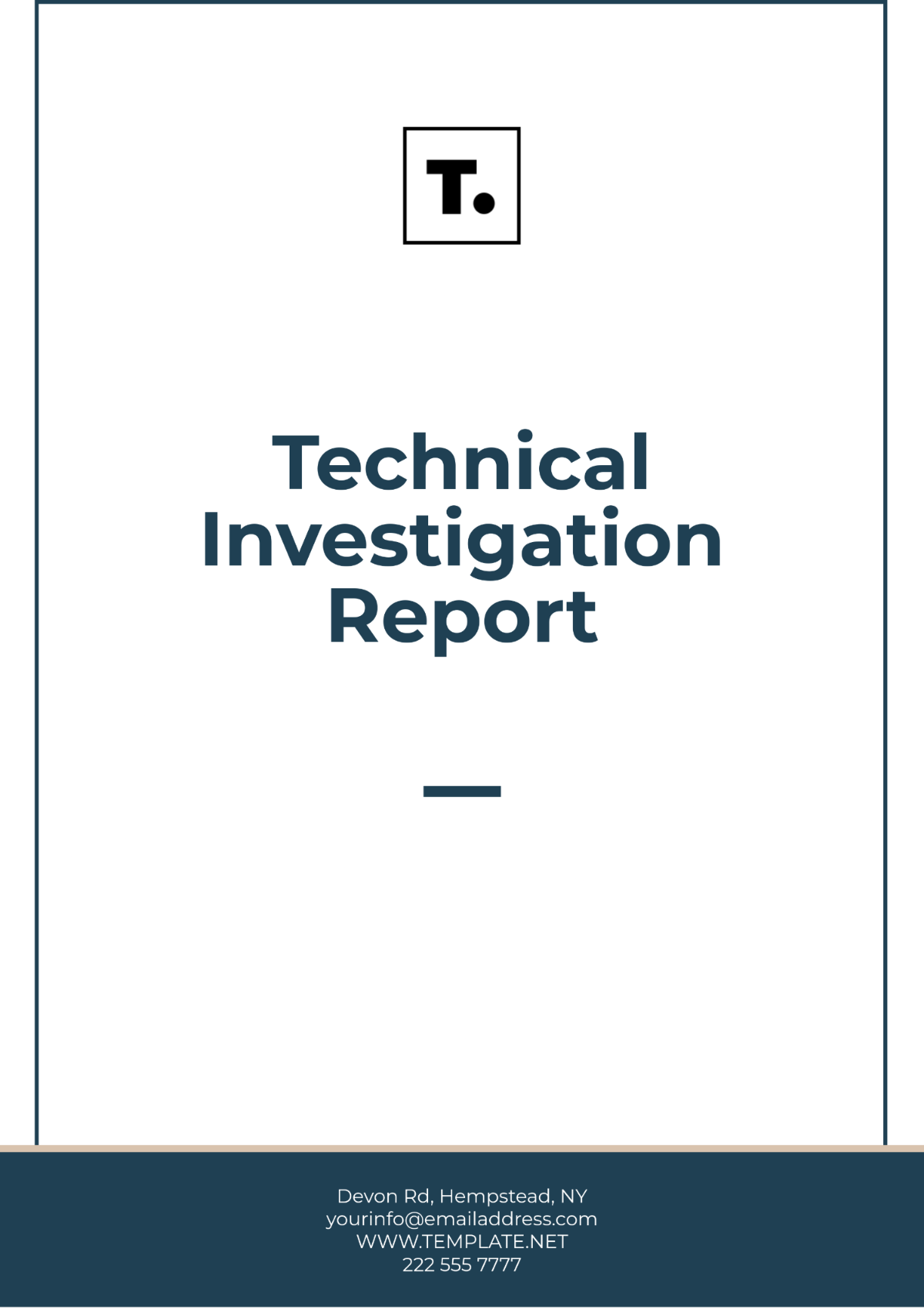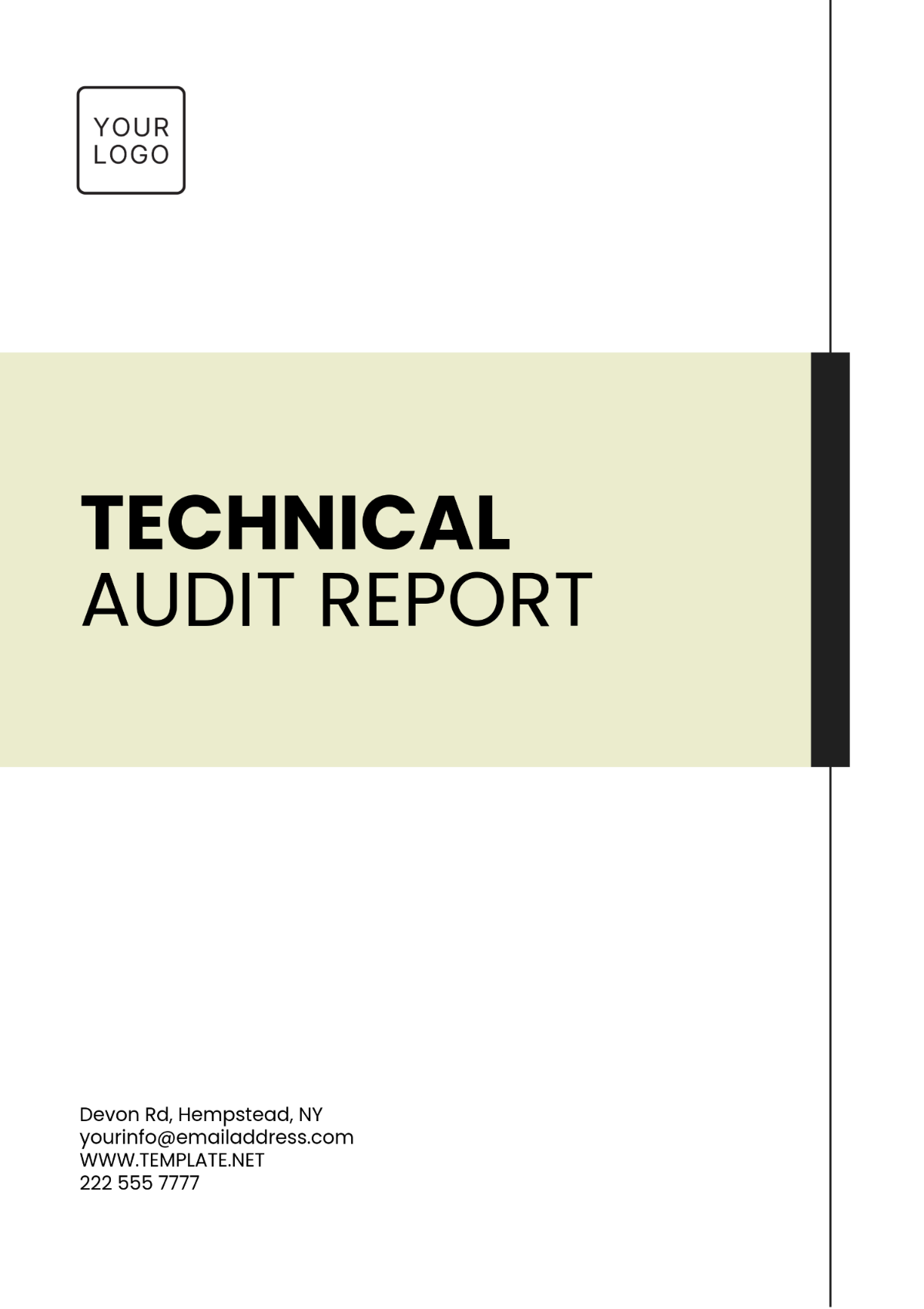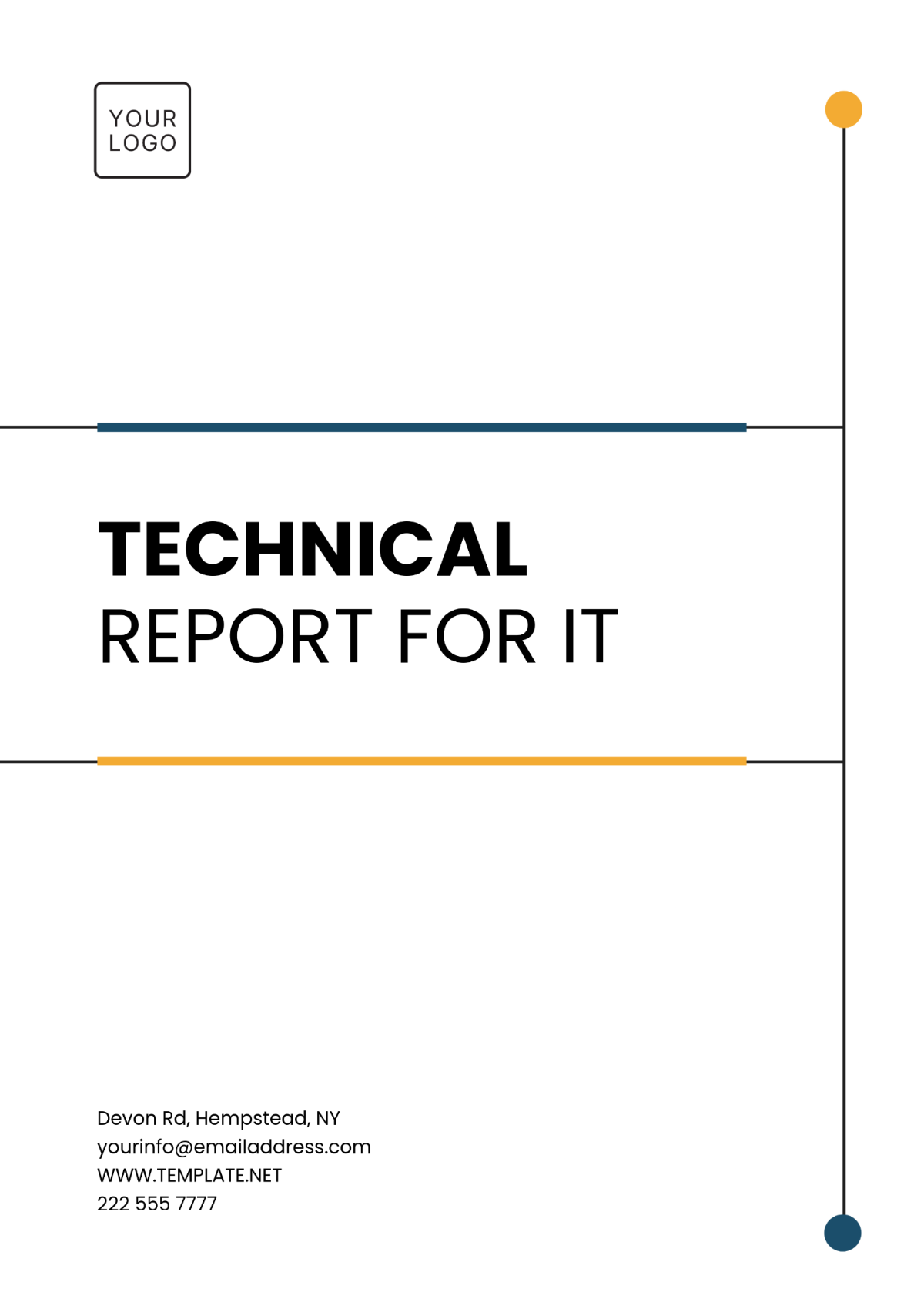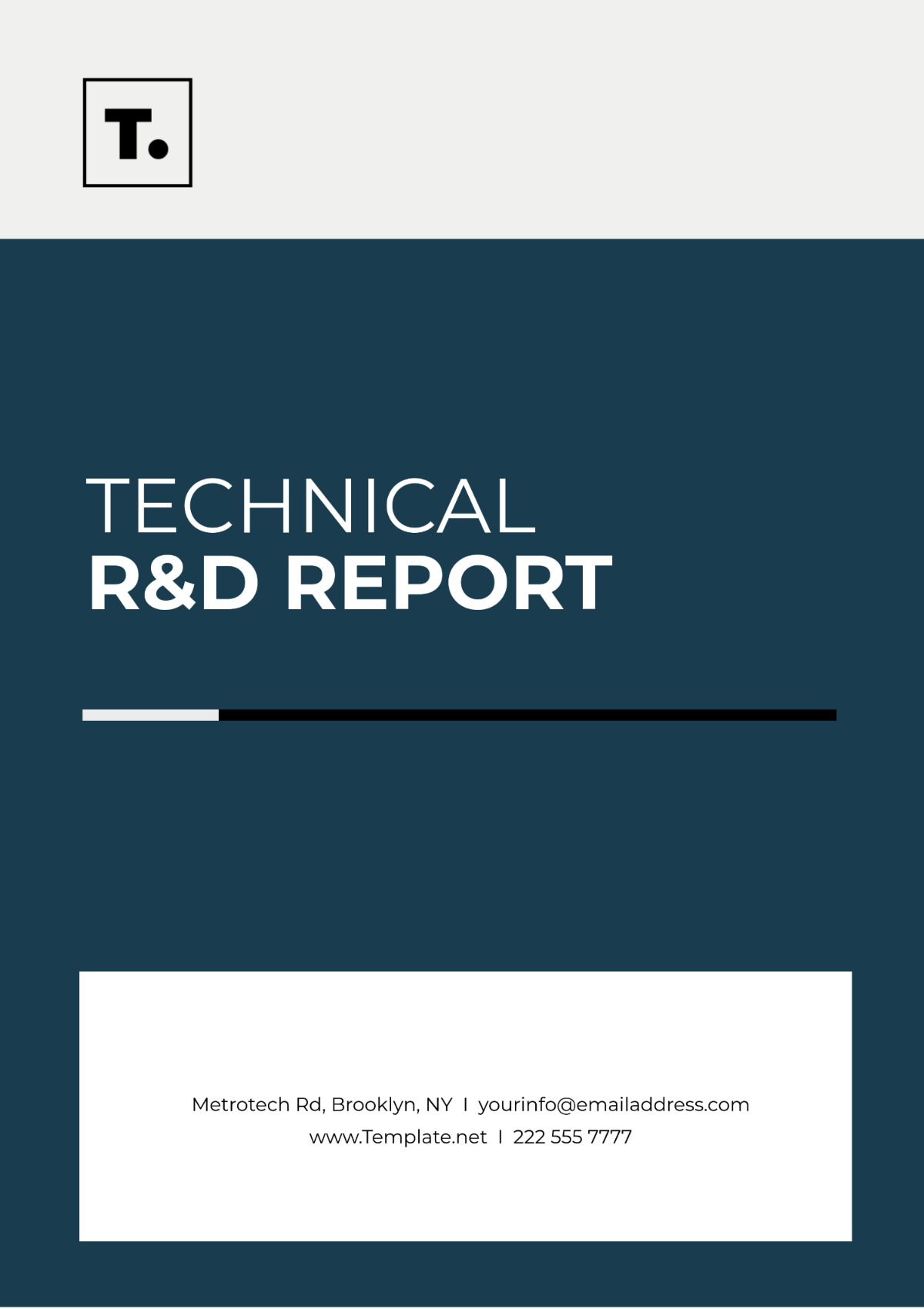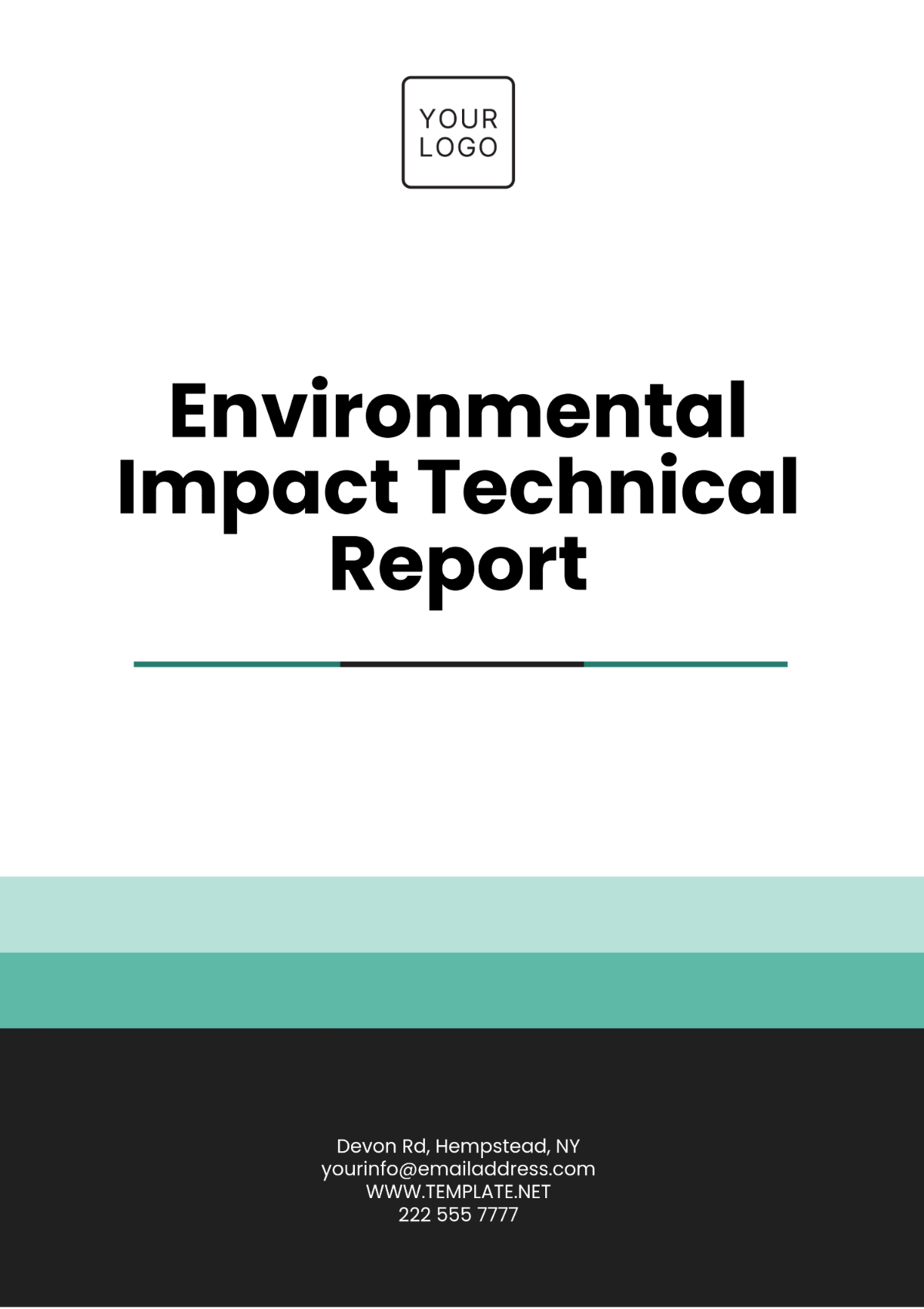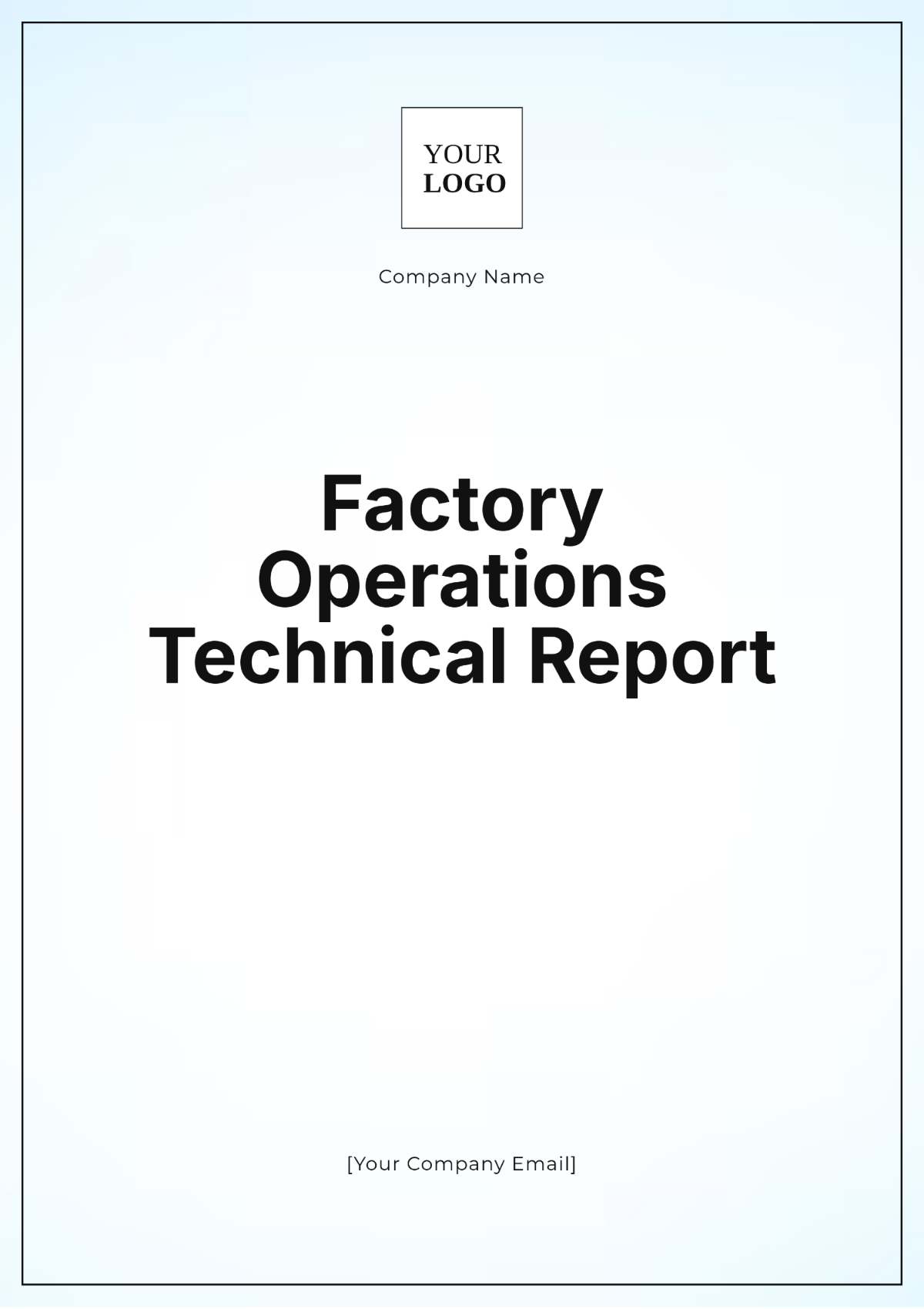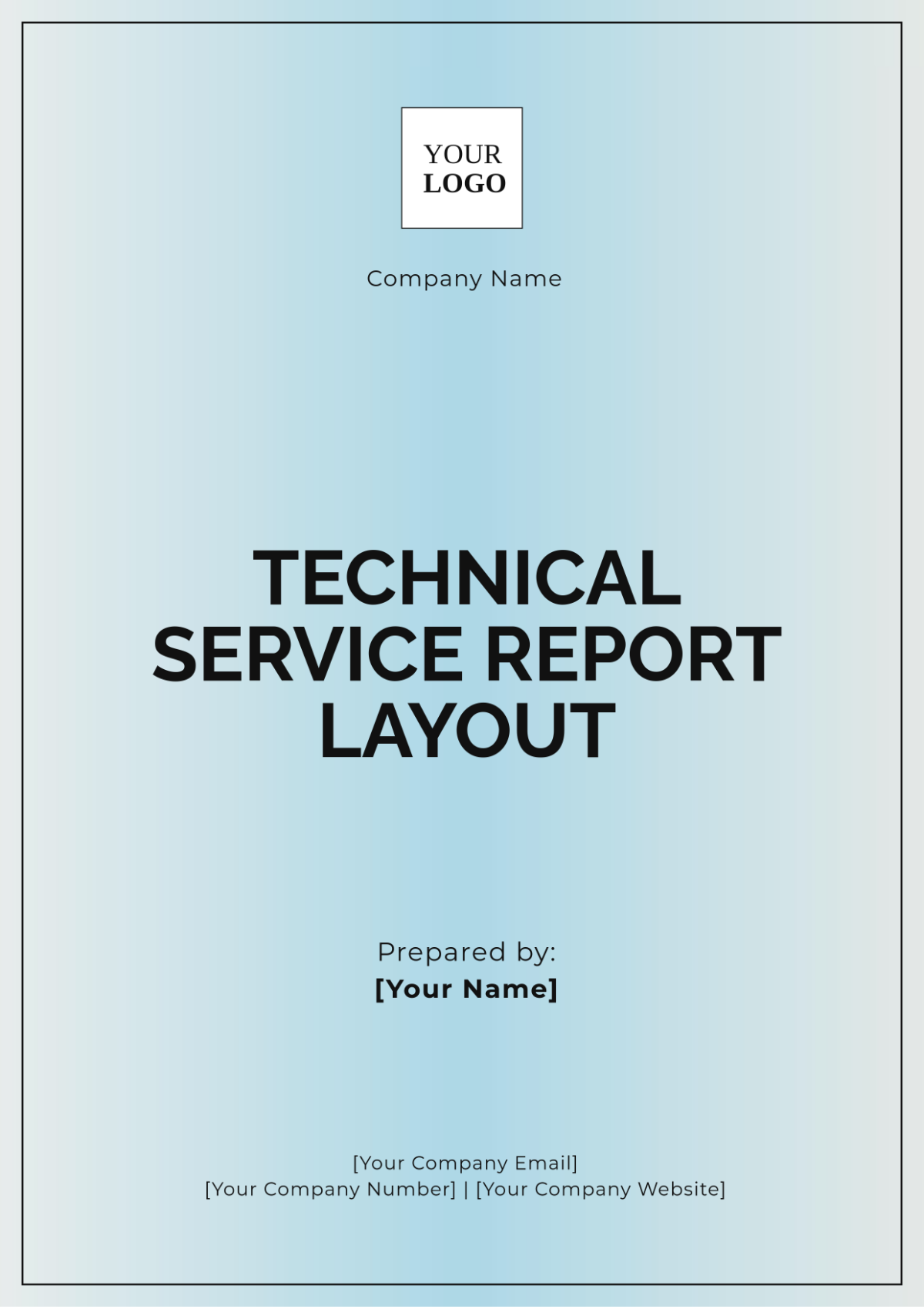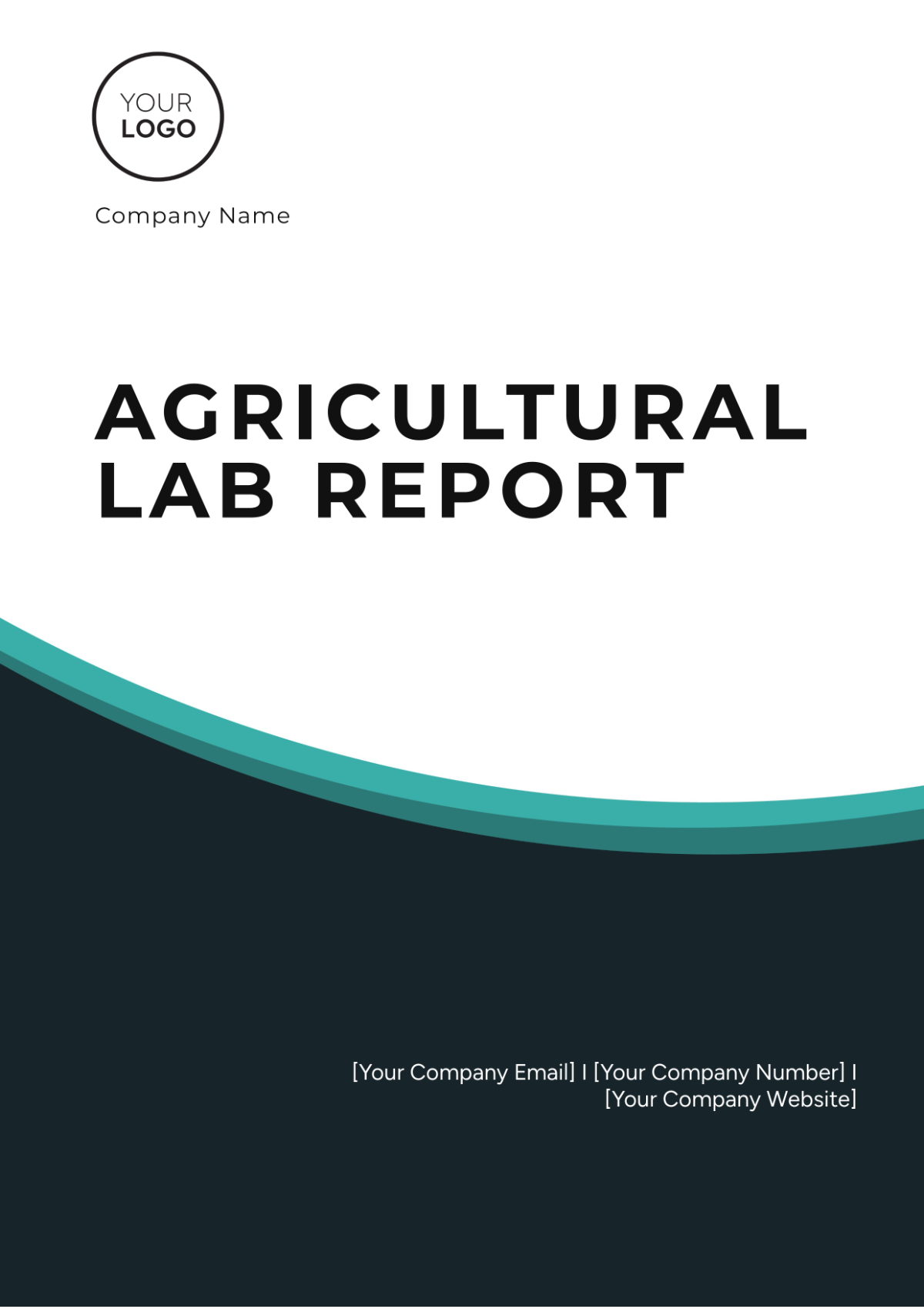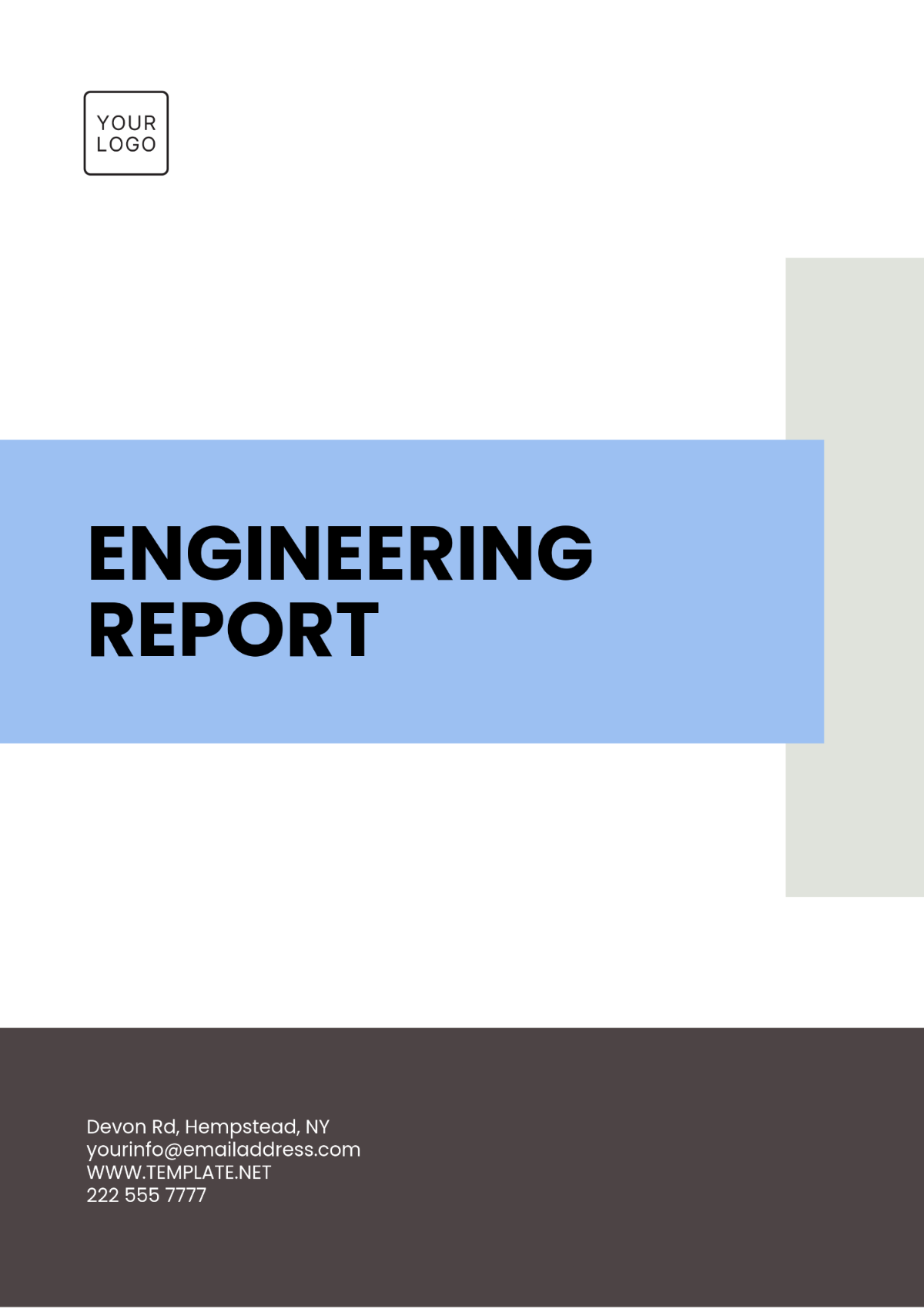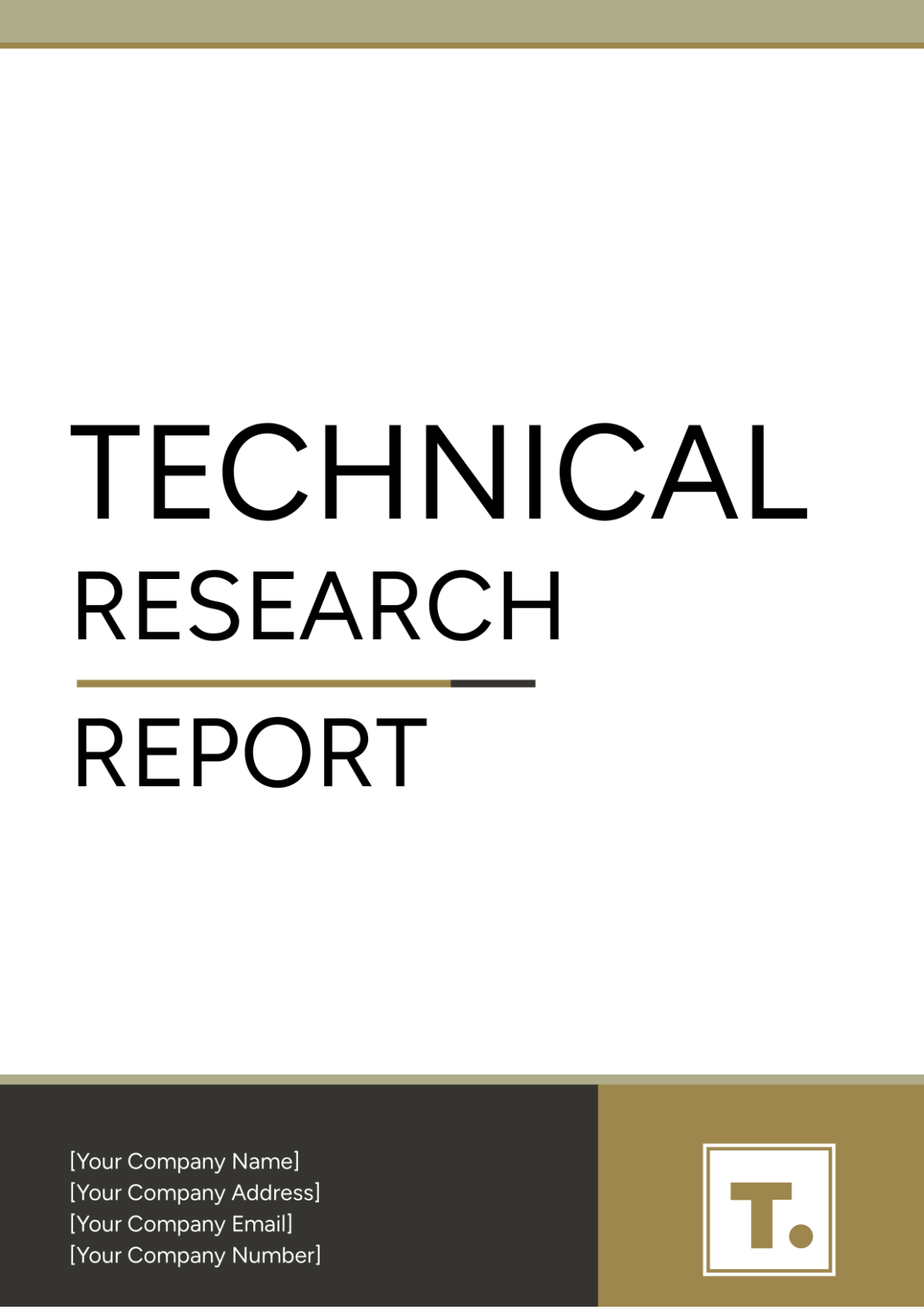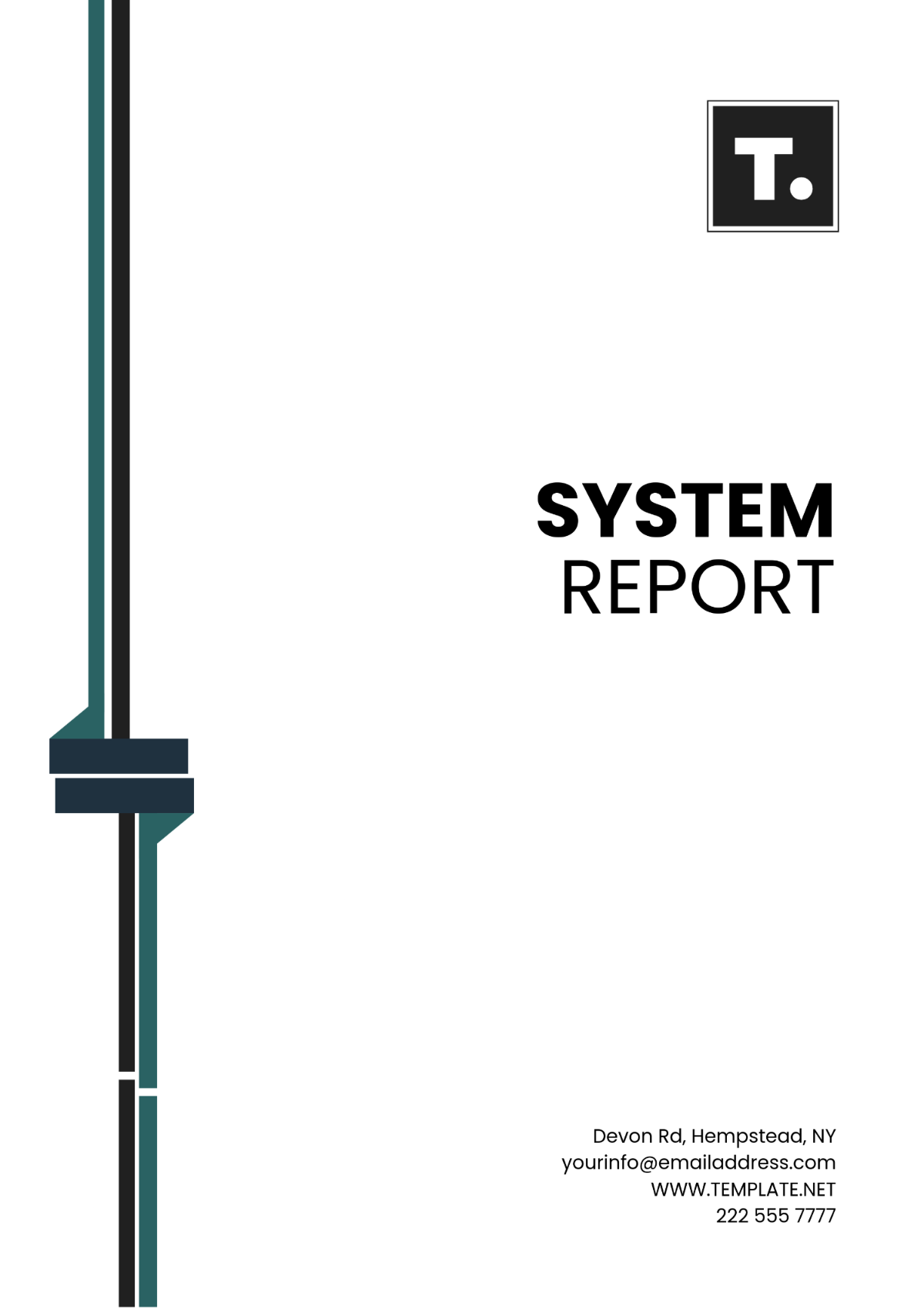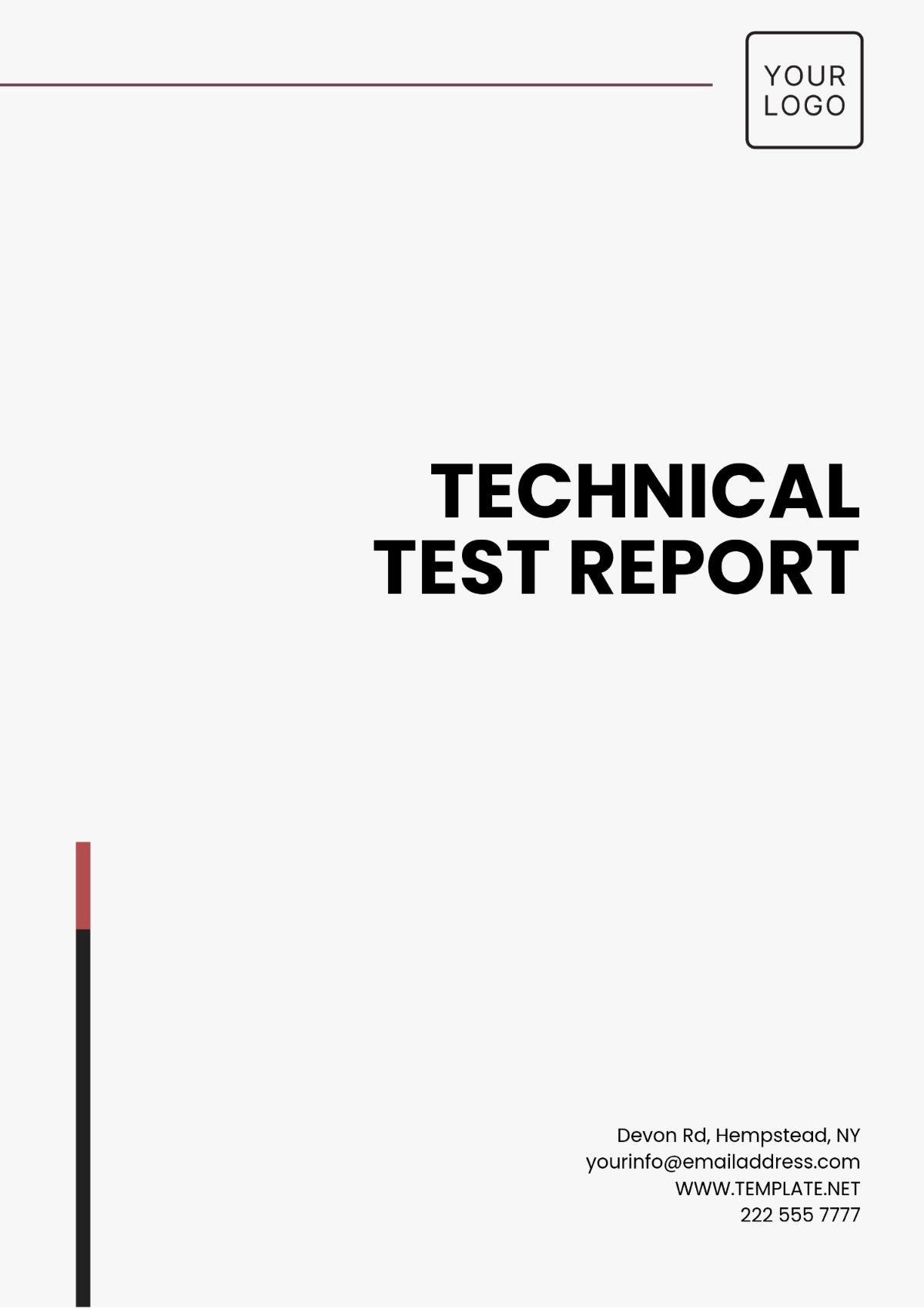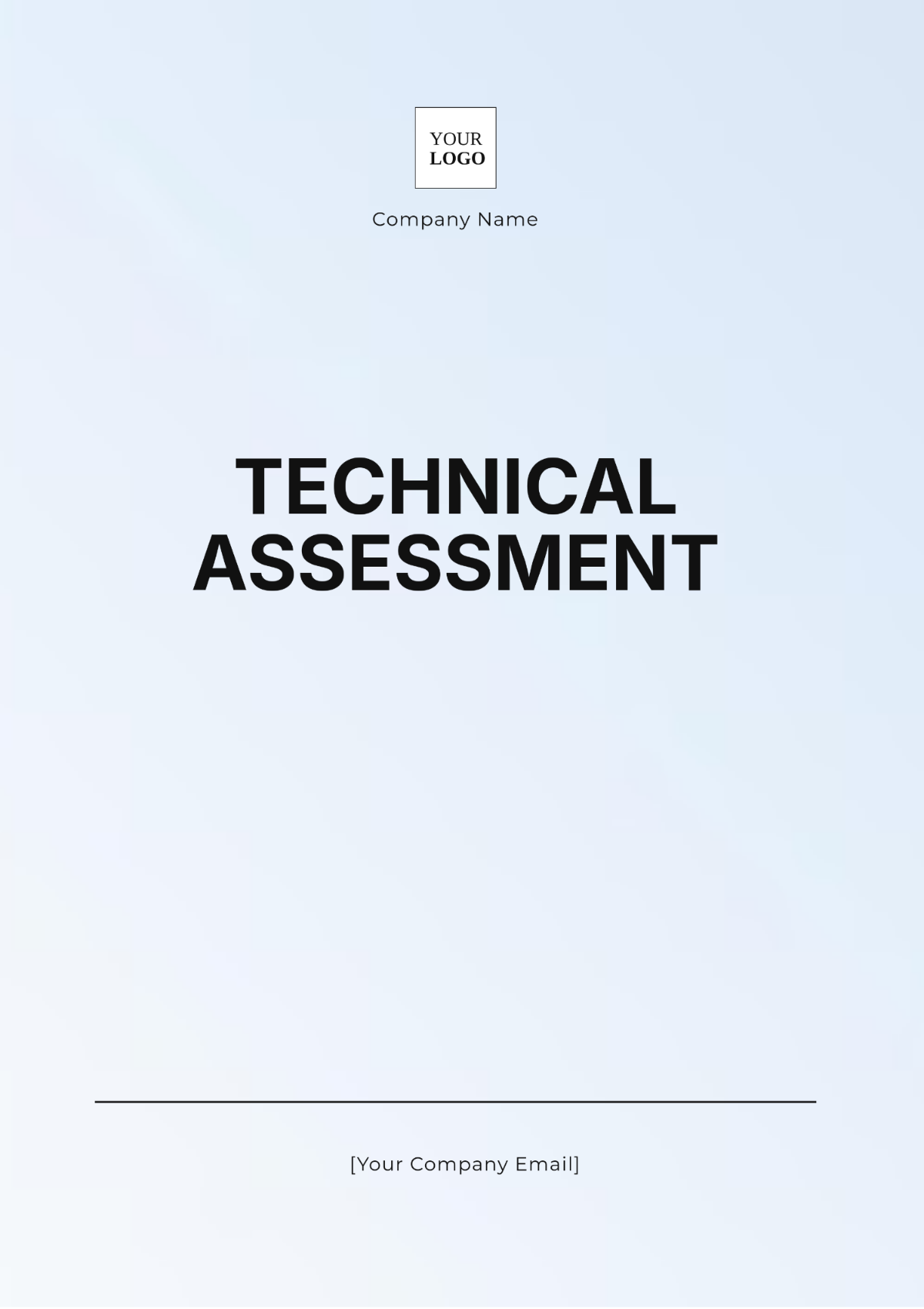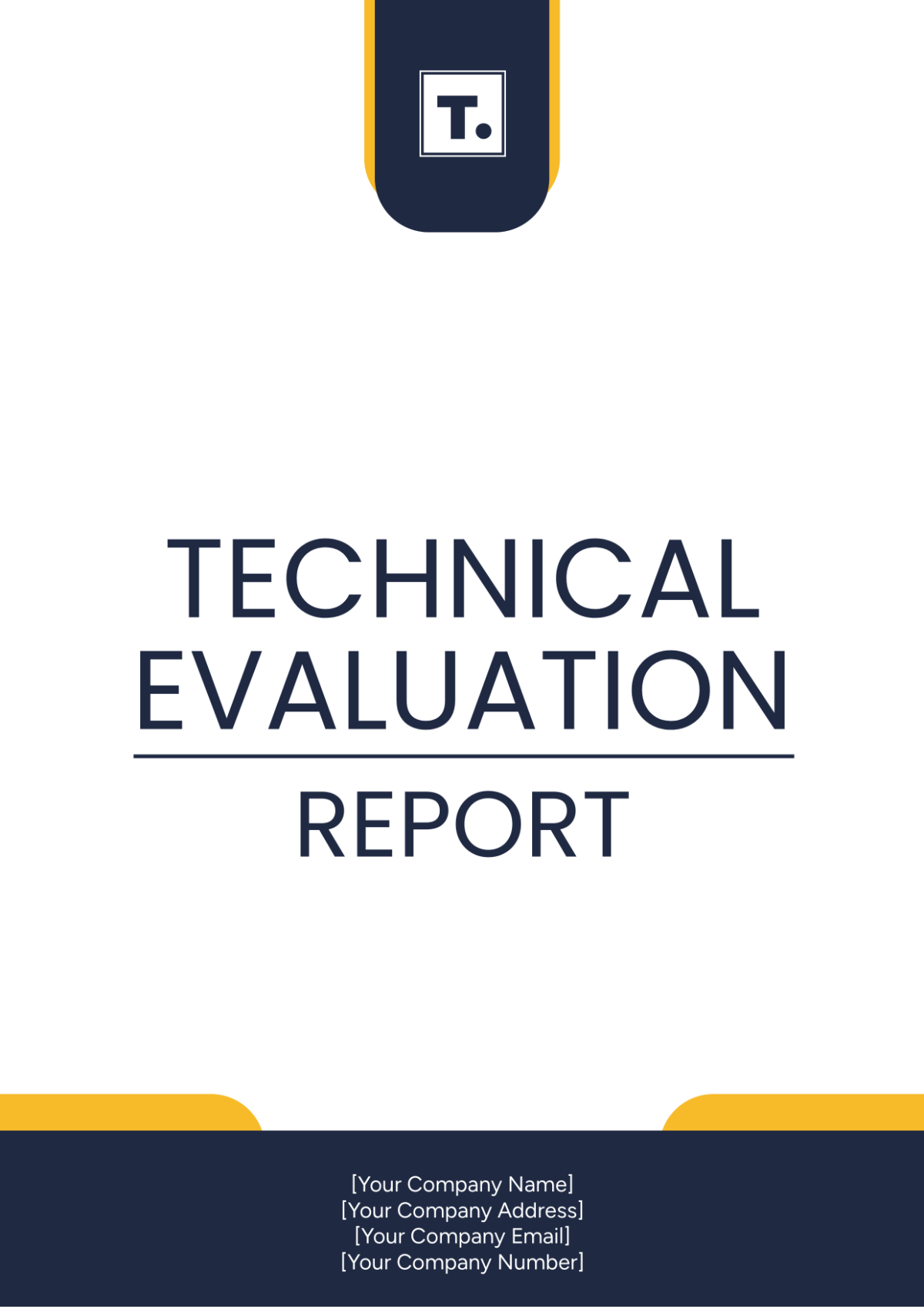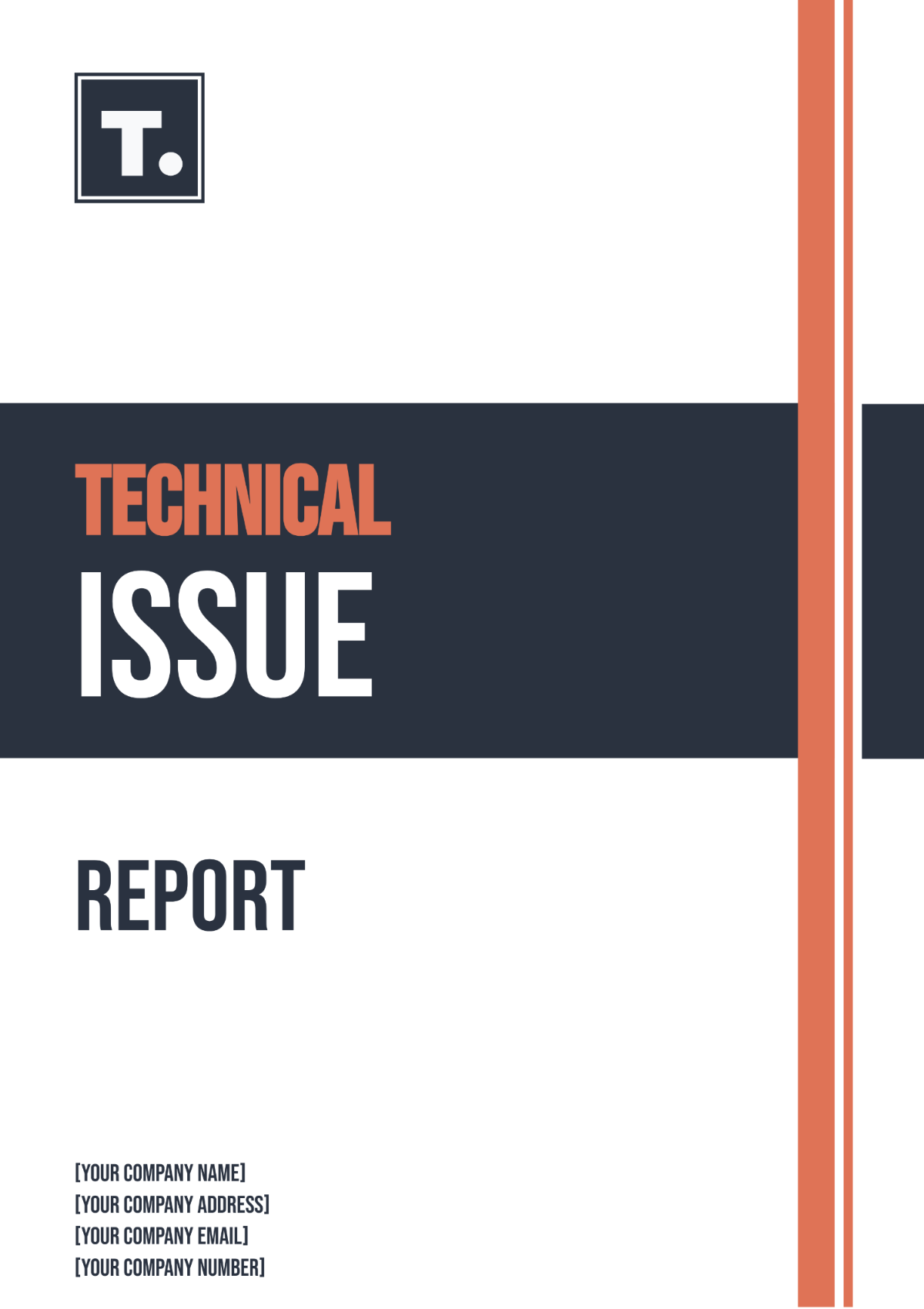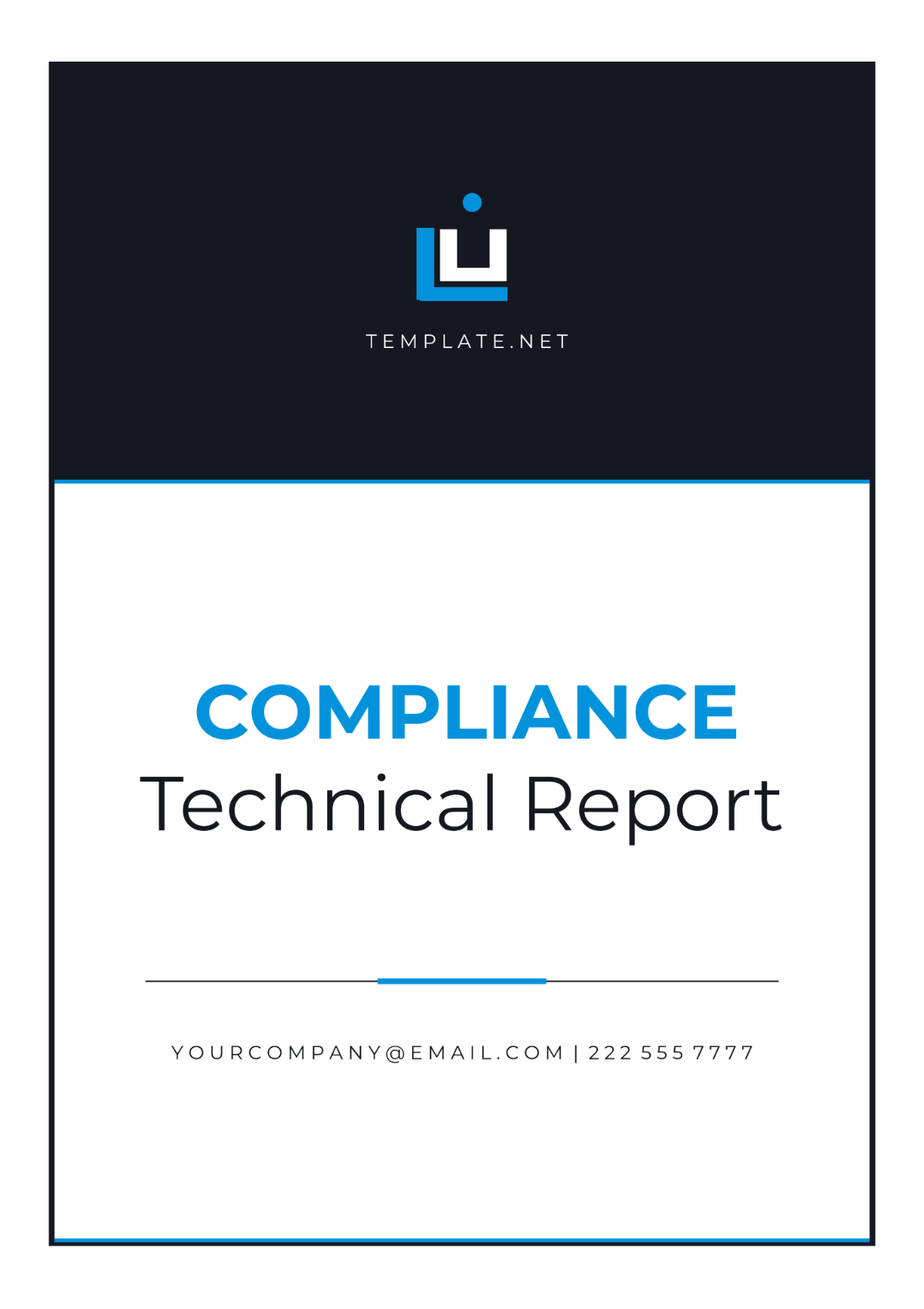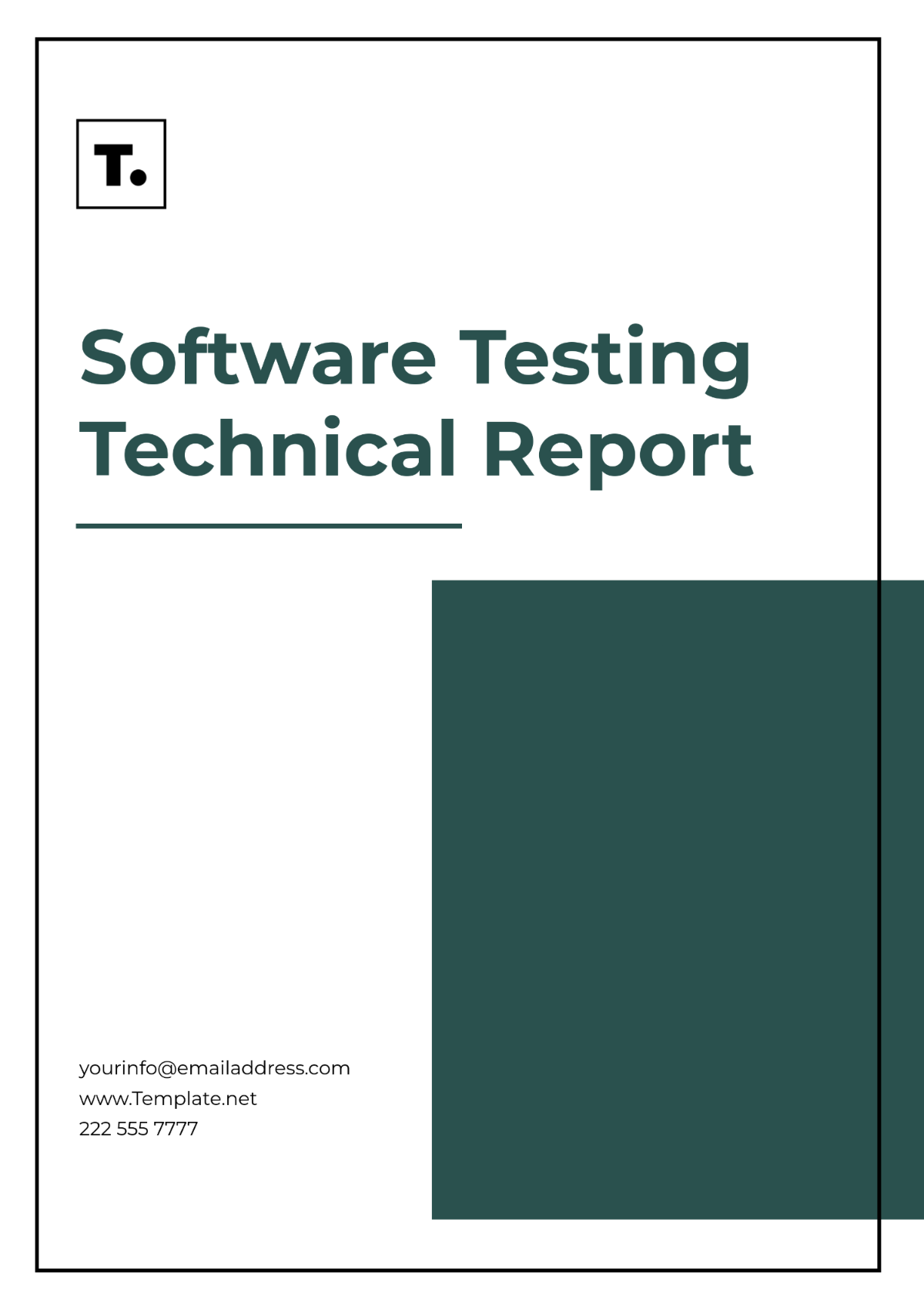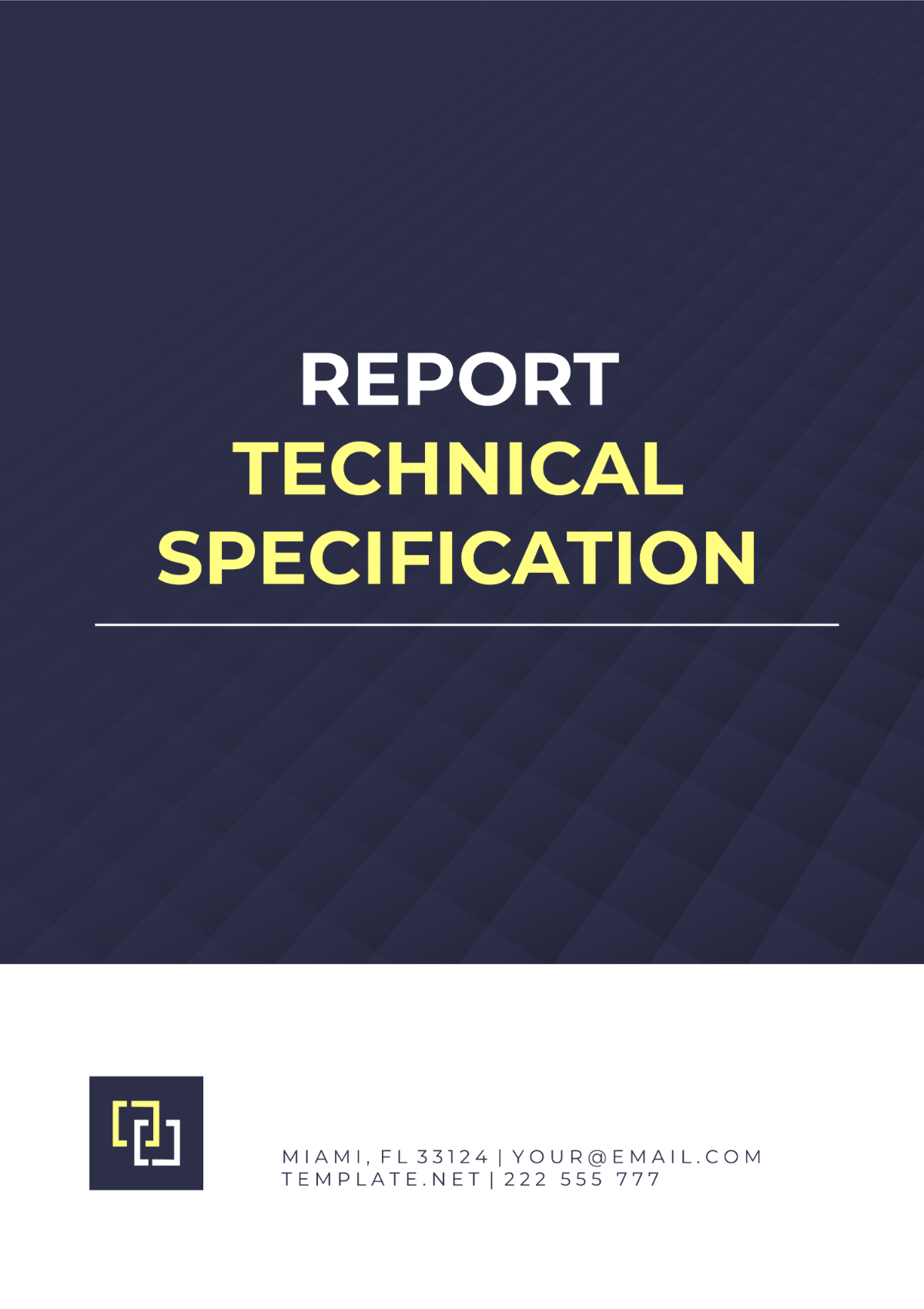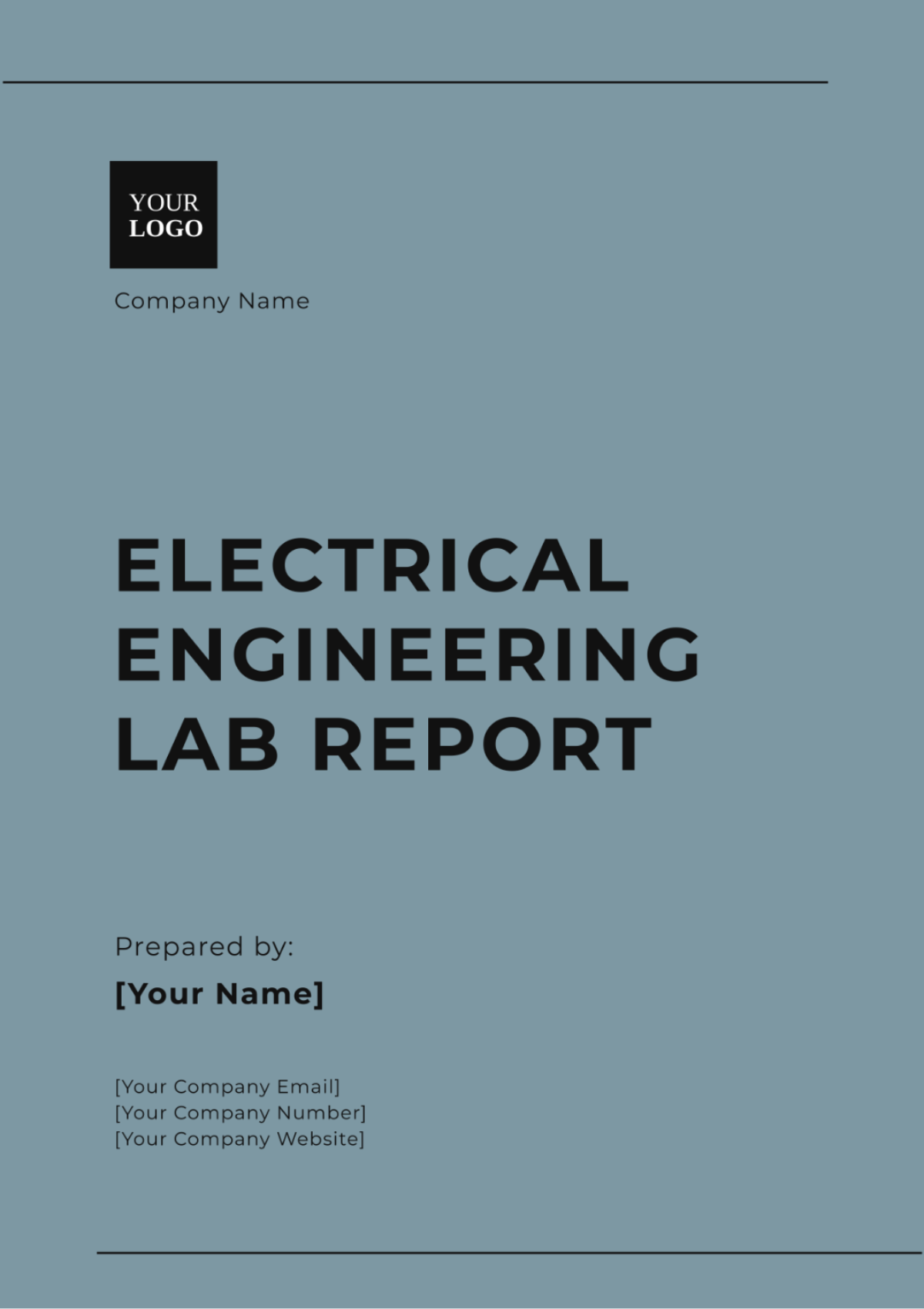Agricultural Lab Report
Prepared by: [YOUR NAME]
Date: [DATE]
I. Introduction
The Agricultural Lab Report is a comprehensive document that details the results of various laboratory tests and analyses related to agriculture. This report includes key findings on soil composition, crop health, water quality, pest presence, and other significant factors that influence agricultural productivity. The primary goal of this report is to offer insights and recommendations for improving agricultural practices, thereby optimizing yield and sustainability.
II. Soil Composition Analysis
A. Soil Sampling and Methodology
Samples were collected from different plots within the farm to ensure a representative analysis of soil composition. The following methods were used:
Random Sampling: Collecting soil from random spots across the field.
Composite Sampling: Mixing soil from different locations to get an average sample.
Depth Sampling: Collecting soil at various depths (0-6 inches, 6-12 inches) to analyze vertical variations.
B. Results and Interpretation
Parameter | Value | Optimal Range | Interpretation |
|---|---|---|---|
pH | 6.8 | 6.0 - 7.0 | Ideal for most crops |
Organic Matter (%) | 3.5% | >3.0% | Good for nutrient retention |
Phosphorus (P) (ppm) | 45 | 30 - 50 ppm | Sufficient |
Potassium (K) (ppm) | 180 | 150 - 250 ppm | Optimal |
Magnesium (Mg) (ppm) | 120 | 50 - 120 ppm | The upper limit of the optimal range |
III. Crop Health Assessment
A. Visual Inspection
Visual inspections were carried out to identify any visible signs of disease, pest infestation, or nutrient deficiencies. The findings are summarized below:
No visible signs of disease such as leaf spots or wilting.
Minor pest damage was observed on the lower leaves of corn plants.
Some yellowing of leaves indicates possible nitrogen deficiency.
B. Tissue Analysis
Nutrient | Measured Value | Optimal Range | Interpretation |
|---|---|---|---|
Nitrogen (N) | 3.0% | 2.5% - 3.5% | Optimal |
Phosphorus (P) | 0.35% | 0.3% - 0.5% | Adequate |
Potassium (K) | 2.0% | 1.5% - 2.5% | Optimal |
Calcium (Ca) | 1.2% | 0.8% - 1.2% | The upper limit of the optimal range |
Magnesium (Mg) | 0.4% | 0.3% - 0.5% | Adequate |
IV. Water Quality Analysis
A. Sampling and Methodology
Water samples were collected from irrigation sources and tested for various parameters that impact crop health and soil quality. The collection points included:
Pond water
River water
Borewell water
B. Results and Interpretation
Parameter | Value | Optimal Range | Interpretation |
|---|---|---|---|
pH | 7.2 | 6.5 - 8.0 | Neutral |
Electrical Conductivity (μS/cm) | 750 | <1000 μS/cm | Acceptable |
Total Dissolved Solids (TDS) (ppm) | 450 | <500 ppm | Adequate |
Nitrate (NO3-) (ppm) | 8 | <10 ppm | Safe for irrigation |
Phosphate (PO4) (ppm) | 1.2 | <2.0 ppm | Within acceptable limits |
V. Pest Presence Analysis
A. Monitoring and Identification
Pest presence was monitored using traps and visual inspections. The inspection process covered a variety of common pests such as insects, rodents, and nematodes. Key findings are:
Low to moderate levels of aphid infestation on soybean plants.
Minimal evidence of rodent activity in the storage area.
No significant presence of nematodes in root crops.
B. Pest Abundance Table
Pest | Presence Level | Impact |
|---|---|---|
Aphids | Moderate | Potentially harmful, requires attention |
Corn borers | Low | Minimal impact |
Rodents | Minimal | Low risk |
Nematodes | Absent | No impact |
Slug | Low | Minimal impact |
VI. Conclusion
The findings from this comprehensive agricultural lab report indicate that the soil composition, water quality, and crop health are within acceptable ranges conducive to optimal agricultural productivity. However, some areas require attention, such as:
Tackling minor pest issues, particularly the aphid population on soybean plants.
Addressing nitrogen deficiency observed in some crops by applying appropriate fertilizers.
Continuing to monitor water quality regularly to ensure it remains within safe parameters for irrigation.
VII. Recommendations
Based on the analyses, the following recommendations are made for improving agricultural practices:
Introduce biological control agents or mild pesticides to manage aphid infestation.
Implement a balanced fertilization program to address nutrient deficiencies and promote healthier crop growth.
Maintain regular soil and water testing schedules to monitor changes and take corrective actions as needed.
